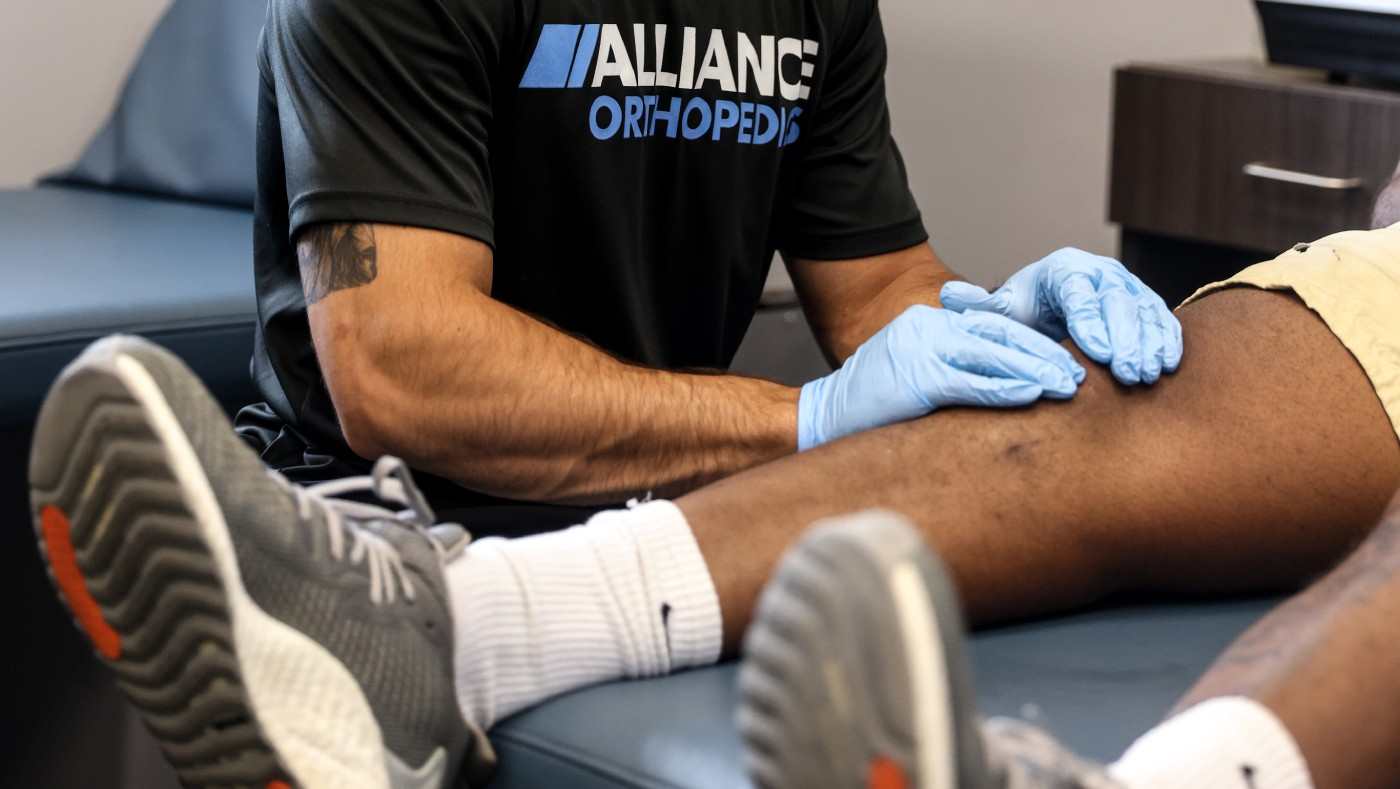Are you curious about the difference between occupational therapy and physical therapy? Occupational therapy (OT) and physical therapy (PT) are both healthcare professions that aim to help people improve their physical abilities and overall quality of life. While there are some similarities between the two fields, there are also some key differences.
Occupational therapists focus on helping patients develop or regain the skills they need to perform daily tasks and activities, such as self-care, work, and leisure activities, while physical therapists work to recover patients from medical conditions that limit their ability to move safely and comfortably. Both use exercises, manual therapy, and other interventions to help patients regain strength, flexibility, and function.
At Alliance Orthopedics, there are tremendous benefits to understanding the unique roles each plays if you want relief from your condition as soon as possible.
Occupational Therapy – Restoring Function in Daily Activities
Occupational therapy (OT) focuses on helping patients regain or improve their ability to perform everyday activities. This type of therapy is particularly beneficial for individuals who have experienced an injury, illness, or disability that affects their ability to carry out daily tasks, including injuries or conditions that affect the upper extremities. Occupational therapists work with patients to develop customized treatment plans that address their specific needs, goals, and challenges.
Common Techniques within Occupational Therapy
- Range of motion: Using manual therapy and other interventions, OTs help improve quality of life and ability to complete daily activities.
- Adaptive techniques: OTs teach patients how to modify tasks or use adaptive equipment to improve independence and safety in daily activities.
- Cognitive and perceptual retraining: OTs help patients improve memory, attention, and problem-solving skills, which can be impacted by various conditions.
- Sensory integration: OTs work with individuals who struggle with sensory processing issues, helping them better manage their sensory experiences and responses.
Physical Therapy – Recovering Strength and Mobility
Physical therapy (PT) aims to restore or improve a patient’s physical function and mobility following an injury, surgery, or illness. Physical therapists evaluate patients’ movement patterns and develop treatment plans that address limitations in strength, flexibility, and balance. The ultimate goal of physical therapy is to reduce pain, increase function, and prevent future injuries.
Common Conditions Treated by Physical Therapy
- Orthopedic injuries: PTs help patients recover from sprains, strains, fractures, and other musculoskeletal injuries of the back and lower extremities.
- Post-surgical rehabilitation: Following surgery, PTs guide patients through a recovery process designed to restore function and prevent complications.
- Chronic pain management: PTs can help patients manage chronic pain through targeted exercises, manual therapy, and other interventions.
Which Therapy is Right for You?
While there is some overlap between occupational therapy and physical therapy, the two fields have distinct goals and approaches. In general, OT focuses on improving patients’ ability to perform daily tasks and conditions of the upper extremities, while PT concentrates on enhancing overall physical function and mobility.
To determine which type of therapy is best for your needs, consider the following questions:
- What are your primary goals for therapy? If you are looking to improve symptoms associated with a condition that impedes your ability to perform daily tasks and activities, occupational therapy may be the best choice. If your goal is to increase your physical function and mobility, physical therapy may be more suitable.
- What is the nature of your condition or injury? The specifics of your injury or condition may also influence your choice of therapy. For example, if you are recovering from a stroke, you may benefit from both occupational and physical therapy, as both can help address different aspects of your recovery.
Take Control of Your Health with Alliance Orthopedics
Understanding the differences between occupational therapy and physical therapy is essential to making an informed decision about your healthcare needs. Both types of therapy offer unique benefits and address different aspects of patients’ well-being. At Alliance Orthopedics, our team of expert therapists is ready to help you achieve your goals, whether you need occupational therapy, physical therapy, or both.
If you’re unsure which type of therapy is best for you, or if you’re ready to start your journey towards recovery, contact Alliance Orthopedics today to request an appointment.

